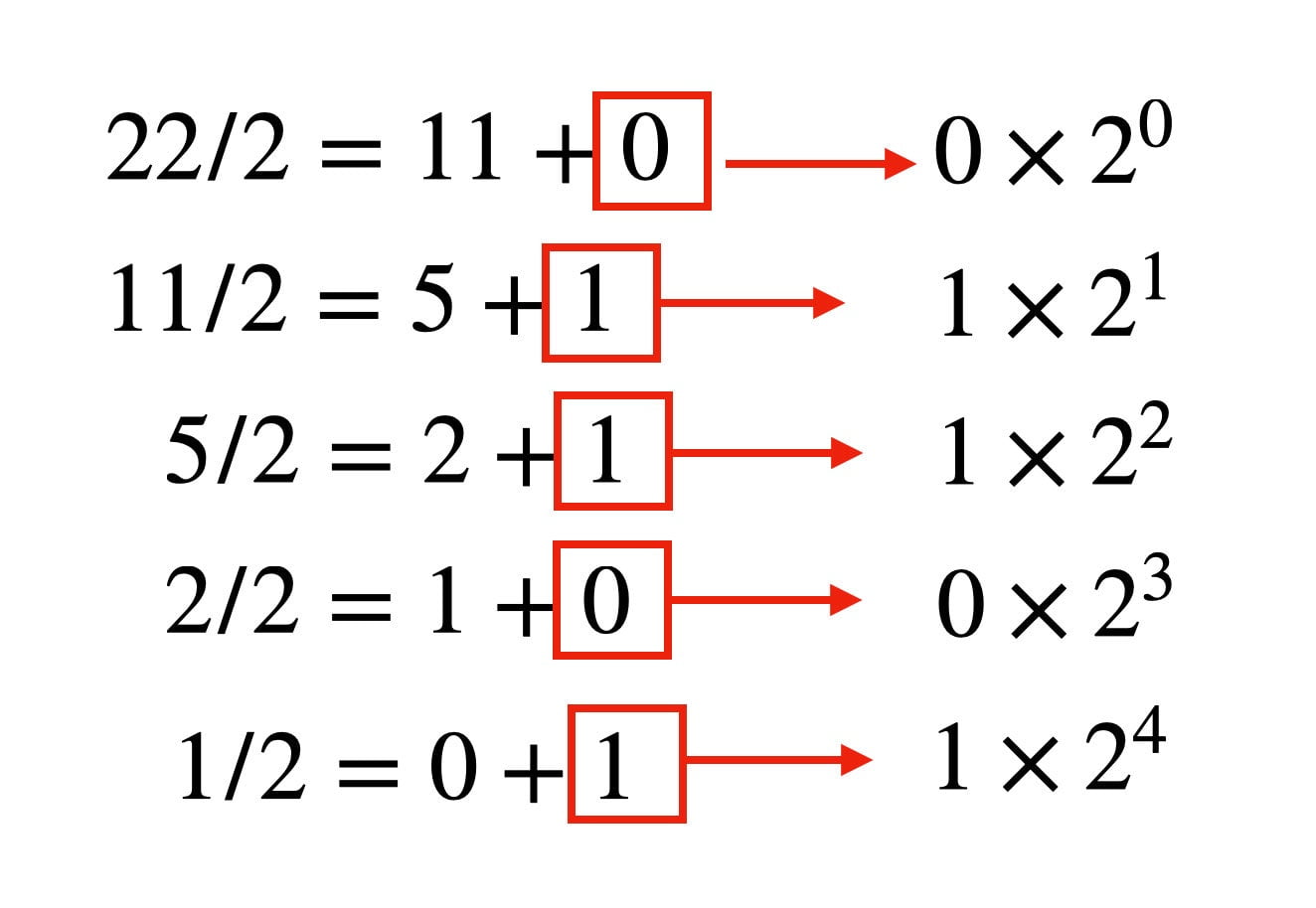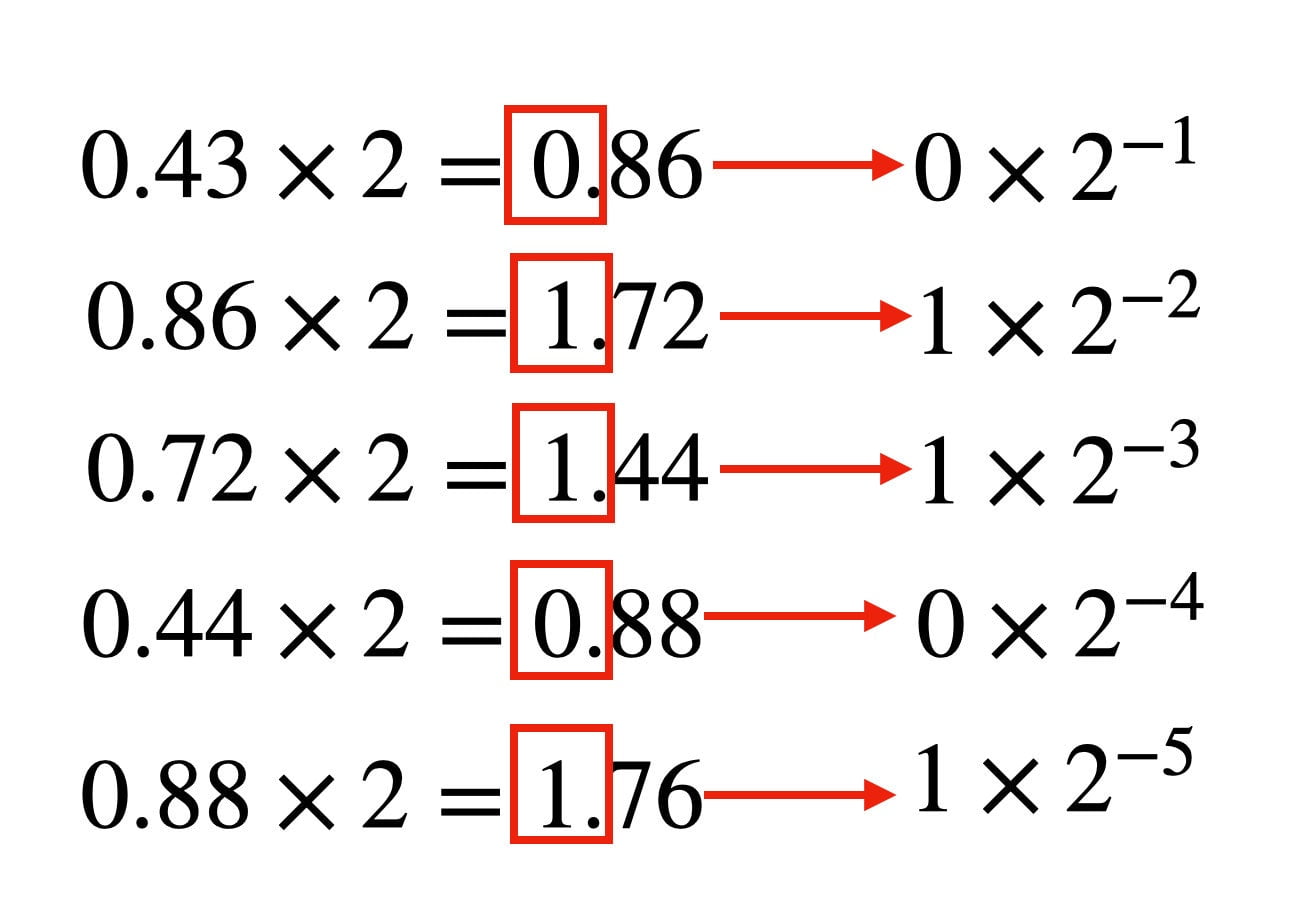In Short
- Pi day, celebrated on march 14th, honors the mathematical constant pi, represented by the symbol π.
- This article delves into the complexities of pi, exploring its behavior in different number systems such as base
- Pi and binary.
- Learn about the significance of pi in mathematics and its role in our understanding of numerical systems.
TFD – Join us as we explore the fascinating world of pi and its celebration on Pi Day. From its representation in different number systems to its significance in mathematics, discover the wonders of pi and why we cherish it on March 14th.
For geeks, there are several great holidays on the calendar. There is of course Mole Day (10/23) to commemorate Avogadro’s number, which is huge (on the order of 1023) and hugely important in physics. There’s e Day (2/7) for Euler’s ubiquitous number (e = 2.718…). But the best is Pi Day, held on March 14 because the infinitely long decimal approximation of pi begins with 3.14. There’s so much to say about pi—I’ve been writing Pi Day posts for 14 years. (Here’s a partial list).
What is pi (pronounced π in Greek)? It is, by definition, the circumference divided by the diameter of a circle. Not sure why that should be particularly noteworthy, since pi appears in a lot of interesting contexts that don’t seem to have anything to do with circles. However, the fact that pi is an irrational number is among its most peculiar qualities. It can therefore not be represented as a fraction of two integers. Yes, of course. While 22/7 (22 ÷ 7) is a good estimate, it is not the same as pi.
But hold on a moment. All we’re really saying when we claim that pi is irrational is that it is irrational in the base-10, or decimal, number system that we employ. However, nothing about that system is inevitable. Computers employ the base-2, or binary, number system, as you are already aware. The analog period most likely selected base-10 because humans have ten fingers to count on. (Interesting fact: Digitus, the Latin root of the word “digit,” means “finger.”)
Could pi therefore exist in a number system where it is rational? Yes, is the response.
A Number System—Wait, What Is That?
Let’s go over how a numerical system functions. Consider yourself a bean counter in prehistoric times. You write a new symbol on your cave’s wall for every bean that comes after it. You’ll need 200 symbols for 200 beans. They are mind-numbing, so you refer to them as “numbers.”
You encounter a perceptive human one day who tells you, “You’re working too hard!” With their new approach, any number of beans can be represented by any of the ten symbols (0 to 9). When you get to nine, you just start over one place to the left, with each digit now being a multiple of ten. Subsequently, it involves multiples of 100, and so on, ever increasing powers of 10.
Consider the following number: 214 We have four ones, one ten, and two hundreds. What this actually means can be expressed as follows:

Keep in mind that an integer raised to the power of 0 equals 1. How about values with fewer places than one? 10-1 = 1/10th are merely powers of 10. They have negative exponents. As an example, let’s utilize a portion of the number pi: 3.14. In actuality, that implies the following:

The sole issue with this base-10 approach is that there is always a remnant, which means that you have to go to the right indefinitely when dividing a circle’s circumference by its diameter: 3.1415926026926589793238…
Nevertheless, you are aware of all of this since you have always used base-10 numbers. Now let us explore how these similar concepts apply to different number systems.
Binary Computations
Perhaps the only time you’ve ever seen binary is in Star Wars, when Uncle Owen asks C3P0 whether he knows what moisture vaporators are speaking in binary. (Of course, C3P0 is willing to comply and is multilingual.) However, you also ought to be aware of binary. Not only is it a feature of every computer you own, but you can also make some hilarious math jokes with it. (Continue reading.)
The fundamental concept is that binary employs simply two integers, as opposed to ten, (0 and 1). To truly grasp binary, converting a base-2 number to a base-10 number would be the most effective method. Assume that 1010 is the number we have. What does this signify? Similar to base-10, every position denotes two raised to a power.

You see, it’s not too dissimilar from base-10. What happens if we try to convert a number, like 22, from base-10 to binary? We can adhere to a basic recipe. First, we divide 22 by 2 to obtain an 11 quotient. In our binary number (20 place), 0 is the first digit since there is no remainder. We now divide 11 by 2 to get 5 and a residual of 1. Whoa—the number one (21st position) comes up next. Simply keep doing this until you receive a zero from your division. This is how that appears:

In binary, 22 is represented as 10110. Okay, but how about a number in base-10 that has decimal places? These would just be negative exponent base-2 place values. A similar technique can be used to get the binary values; however, this time, we multiply by 2 as opposed to divide by 2.
Let’s give 0.43 a shot. You get 0.86 when you multiply by two. I’m going to keep the number in front of the decimal point, which is a 0, rather than the remainder. I’ll use this as my 2-1 place value. I’ll then multiply the amount by two more times to get at 1.72. I obtain 1 x 2-2 because the value in front of the decimal point is 1. I’m going to eliminate the 1 because I utilized it, leaving just the number 0.72. This practice should be repeated until you grow tired of it. This is how it seems.

This yields 0.01101 as the binary value. Naturally, things don’t end there. We might continue using ever smaller place values. It is comparable to changing the 1/3 base-10 fraction to the 0.333 base-10 decimal. However, we can at least convert numbers between base-10 and base-2.
I’ll tell you a joke now. “There are ten types of people in the world: those who understand binary and those who don’t,” is how it goes. Do you understand? In binary, ten is TWO. Perhaps it’s not that humorous.
Binary Pi
Let’s play around with converting 3.1415, the decimal estimate of pi, to binary. Both of the aforementioned procedures are required. First, by dividing by 2, twice, we may change 3 (base-10) into 11 (base-2). We can examine the fractional part second. By applying the above conditions, 0.1415 becomes 0.0010001. Thus, 11.0010001 is that approximation for pi.
Putting that on a T-shirt and seeing how many people identify it as pi would be entertaining. There would definitely be nerds there, I venture. Naturally, though, it’s still only an estimate because pi is irrational in base-2, base-10, and pretty much every other base you attempt.
The Rational Number Pi
Is pi not an irrational number in any number base, then? What about base-pi, then? Hold on! Is it even feasible to do that? We can do anything we want because this is simply arithmetic, so of course it’s doable. What then would be the format of a base-pi number system? It would only consist of numbers with a power of pi at each position. similar to this

Would you like to give a few examples? The number 1 in base-pi is simply pi0, which is likewise 1 in base-10. What about the tenth base-pi? That’s pi, or (1 x pi1) plus (0 x pi0). That’s awesome. Correct? Is it possible to convert 10 from base-10 to base-pi? The concept would be the same as switching to binary, but a little more intricate. But that number would be 100.01022122221 in base-pi. Yes, it never ends. That sounds like fun, doesn’t it? We would lose the ability to count our fingers precisely.
Here’s an additional one. Considering that 3.14 isn’t the true value of pi, how about we convert this to base-pi? That would be 3.0110130010112 to you. In base-pi, I believe the number to be unreasonable. Therefore, in the pi system, the date of Pi Day is not a rational number. Does that imply that celebrating Pi Day on March 14 is illogical? Perhaps, but love isn’t always logical, and we adore pi.
Conclusion
Pi Day serves as a reminder of the enduring fascination with the mathematical constant pi and its significance in our lives. As we explore pi’s behavior in various number systems, we gain a deeper appreciation for its complexity and beauty. Let’s continue to celebrate the wonder of pi and the boundless possibilities it represents in mathematics and beyond.
Connect with us for the Latest, Current, and Breaking News news updates and videos from thefoxdaily.com. The most recent news in the United States, around the world , in business, opinion, technology, politics, and sports, follow Thefoxdaily on X, Facebook, and Instagram .
